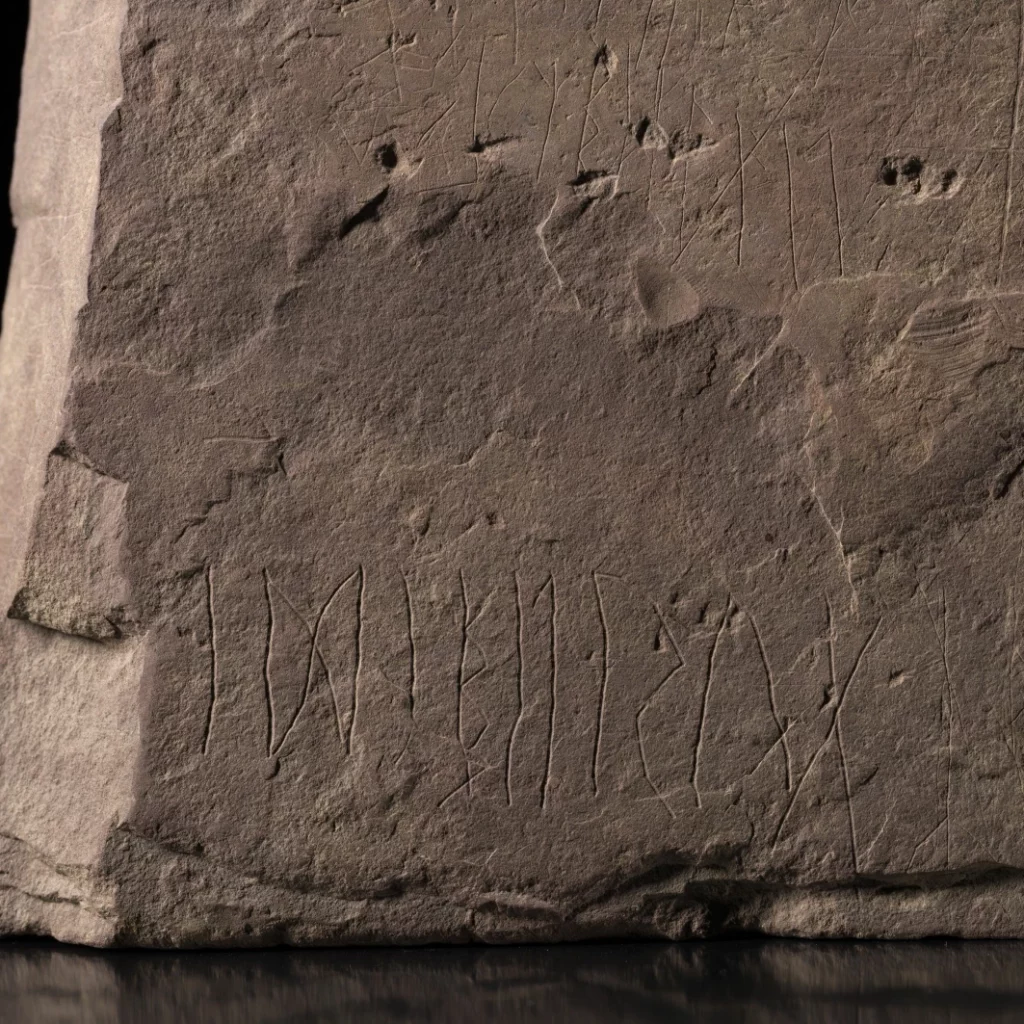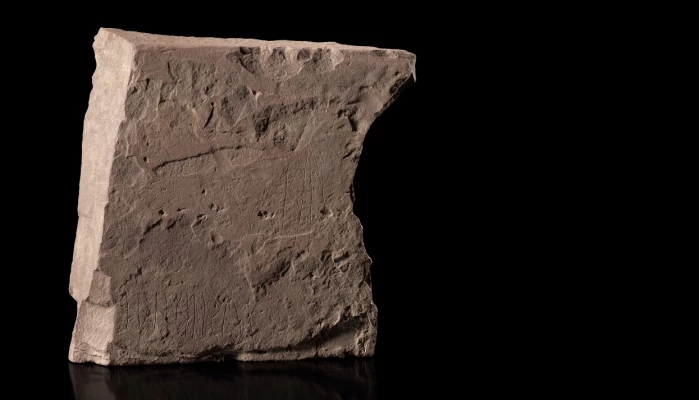
Archaeologists in Norway made a groundbreaking discovery on Tuesday, announcing the finding of a runestone that they claim is the oldest in the world. The flat, square block of brownish sandstone, discovered during a fall 2021 excavation of a grave near Tyrifjord, west of Oslo, features 2000-year-old carved scribbles that may be the earliest recorded words in Scandinavia.
According to the Museum of Cultural History in Oslo, the new discovery is “among the oldest runic inscriptions ever found” and “the oldest datable runestone in the world.”
“This find will give us a lot of knowledge about the use of runes in the early Iron Age,” Kristel Zilmer, a professor at the University of Oslo, of which the museum is part, told the Associated Press. “This may be one of the first attempts to use runes in Norway and Scandinavia on stone.”
Shedding new light on the ancient history of runic writing
While older runes have been found on other items, such as a bone comb in Denmark that could be from the year 160, this finding marks the oldest rune discovered on a stone. The runes were likely inscribed between A.D. 1 and 250, dating from a period known as the Roman Iron Age, as indicated by the burnt bones and charcoal found in the cremation pit where the runestone was discovered. Professor Zilmer believes that the runes were carved using the tip of a knife or needle.
Measuring 31 centimeters by 32 centimeters (12.2 inches by 12.6 inches), the Svingerud stone, named after the site where it was found, has several types of inscriptions. Eight runes on the front of the stone read “idiberug,” which could potentially be the name of a woman, man, or family. The region where the runestone was found is known for several monumental archaeological finds, and it is fitting that this new discovery should be added to the list.

Until the Svingerud stone, the oldest runestone was considered to be the Kylver stone, which was found on the Swedish island Gotland and dated from around 400. The Kylver stone is still highly significant as it is considered the oldest example of an inscription which includes the entire older runic alphabet.
Runic writing is an enigma that has puzzled scholars for centuries. It was used throughout the Germanic world, from the 3rd century AD to the medieval period, and its origins are still largely unknown. The discovery of the Svingerud stone in Norway is a major breakthrough in our understanding of the history of runic writing.
The runestone will be on display at the Museum of Cultural History, which holds Norway’s largest collection of historical artifacts, starting January 21st.
“Without doubt, we will obtain valuable knowledge about the early history of runic writing,” said Zilmer, who called the discovery “the most sensational thing that I, as an academic, have had.”
Was this helpful?



